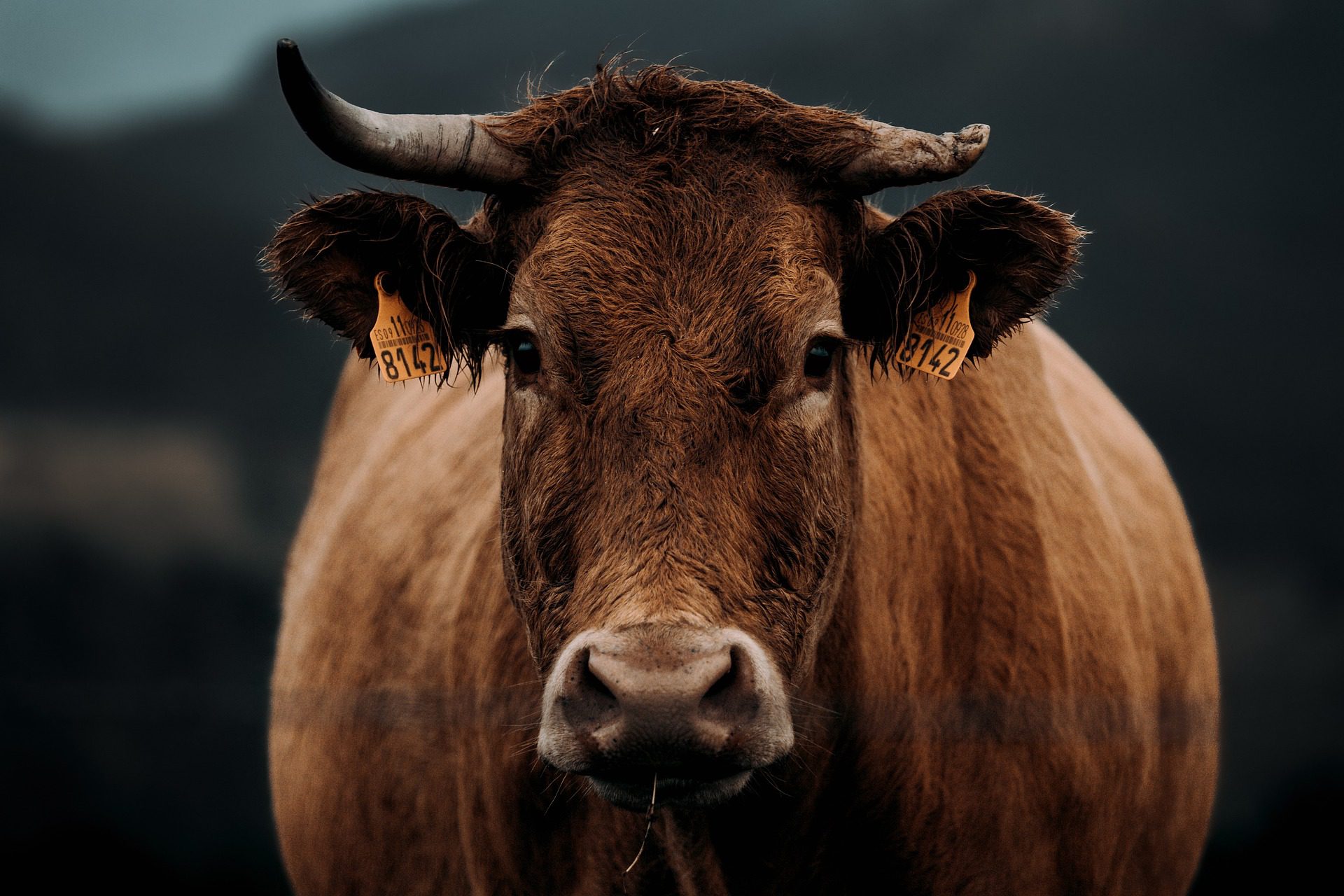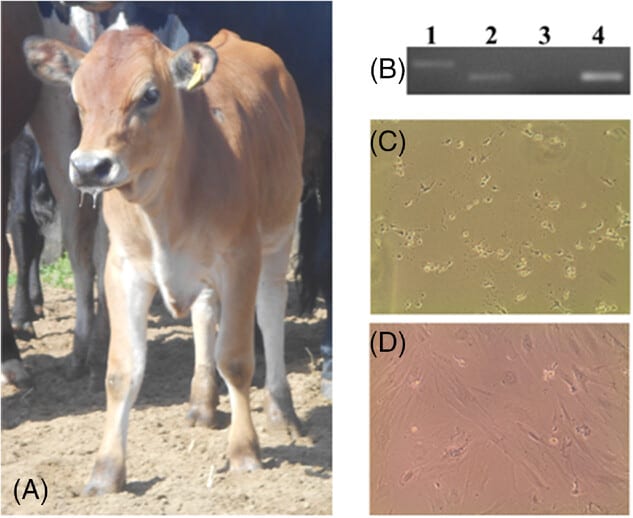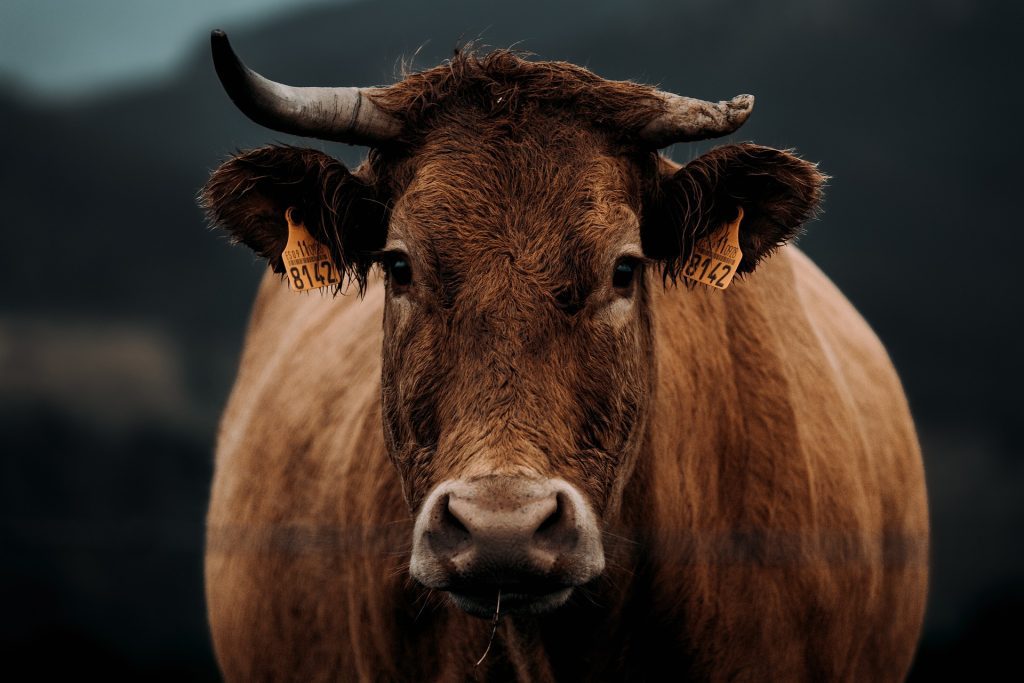
Scientists have created a cow that can make milk with human insulin. This could help make insulin more available and affordable for diabetics all over the world.
Diabetes affects millions of people globally. It causes problems with managing blood sugar levels. Injectable insulin is crucial for type 1 and some type 2 diabetics. However, many people, especially in lower-income countries, have limited access to insulin, according to the World Health Organization.
Researchers at the University of Illinois Urbana-Champaign and the Universidade de São Paulo have suggested a new idea: using cows as “biofactories” to produce insulin. They achieved this by inserting human DNA that encodes insulin into cow embryos. The result is a calf capable of producing human insulin in its milk. milkIf this production can be increased, it could be a major advancement in biotechnology.
From Cow to Medicine
Traditionally, insulin production involves growing the protein in bacterial cultures, which requires advanced lab setups. Ironically, before recombinant DNA technology, insulin was extracted from cow pancreases obtained from slaughterhouses.
Scientists used a modified virus carrying a specific cow milk protein promoter and human insulin gene sequences to modify adult skin cells. These modified cells were then used to create embryos. These genetically engineered embryos were implanted into recipient cows, resulting in a successful pregnancy.
“Nature designed the mammary gland to efficiently produce protein. We can use this system to make a protein that can help hundreds of millions of people worldwide,” said Matt Wheeler, a professor of animal sciences at the University of Illinois Urbana-Champaign. , professor of animal sciences at the University of Illinois Urbana-Champaign.Using a DNA construct specific to mammary tissue ensures that there is no human insulin in the cow’s blood or other tissues. It also takes advantage of the mammary gland’s ability to produce large quantities of protein.
By modifying these glands to produce human insulin, the researchers were able to use an abundant and cost-effective resource.
The modified cow not only produced proinsulin, but also converted some of it into active insulin directly, which could simplify the production process and reduce costs.
From Farm to Patients
Photo of the transgenic calf. (B) PCR analysis of the transgene: 1- DNA ladder, 2- transgenic calf, 3- non-transgenic cow, 4- lentiviral vector constructed. (C) Nonmodified bovine fibroblasts at 5 days incubated with 8 μg mL

This cow could have produced more insulin if it had been made to produce milk through insemination. However, since that attempt failed, the researchers had to use special hormones to start the milk production. It still worked well, but the amount of insulin was less than what would have happened after pregnancy.
A difficult situation with very good possible outcomes
This research has its own challenges. Increasing production, ensuring the well-being of the transgenic cows, and getting approval from regulators are all big challenges ahead.
However, the potential benefits are too important to overlook. American
spending on insulin rose to $22.3 billion in 2022 from $8 billion in 2012. The drug is quite inexpensive to make with traditional methods but is often sold for a large profit by manufacturers. Prices may increase due to high demand caused by skyrocketing demand for Ozempic, a remarkable weight loss drug The goal is to duplicate this cow and try to achieve pregnancy for full milk production cycles to get more insulin..
“To make insulin in milk on a large scale, you would need specialized, high-health-status facilities for the cattle, but it’s nothing too unusual for our well-established dairy industry,” Wheeler said. “We know how to work with cows.”
“I could see a future where a 100-head herd, equivalent to a small Illinois or Wisconsin dairy, could produce all the insulin needed for the country,” he said. “And a larger herd? You could make the whole world’s supply in a year.
The discoveries were reported in the
Biotechnology Journal Was this helpful?.
Thanks for your feedback!
A Twitter algorithm demonstrates how politicized the pandemic is in the US
- Widely used insect repellent also kills off salamander larvae
- Half of ALL americans use vibrators
- Bird populations in Europe plummeting since the 1980s
- Some dairy farms could become life-saving insulin factories.









